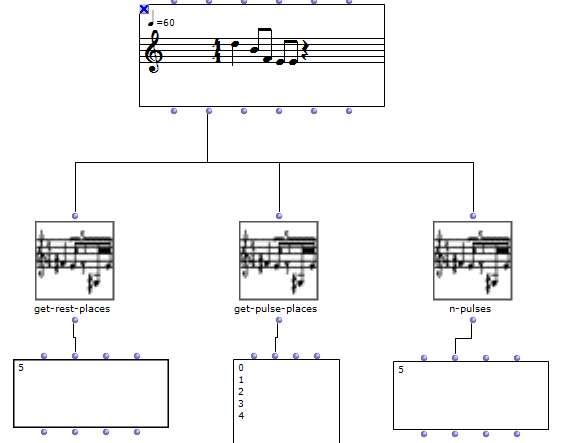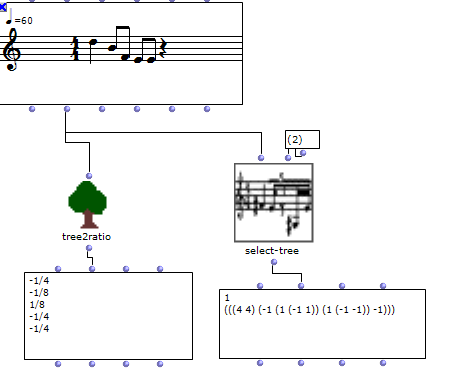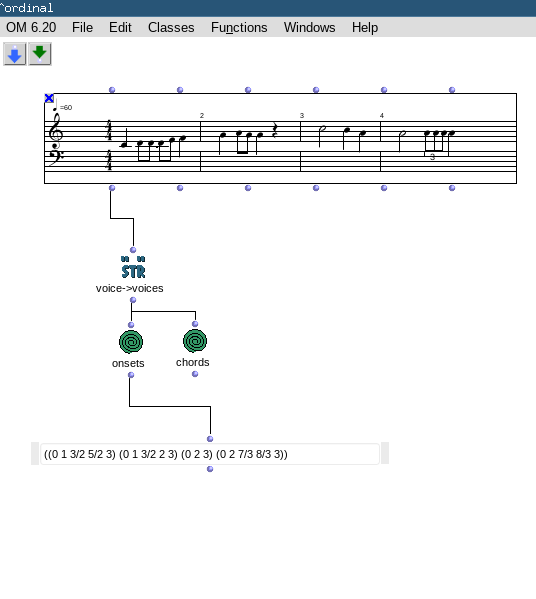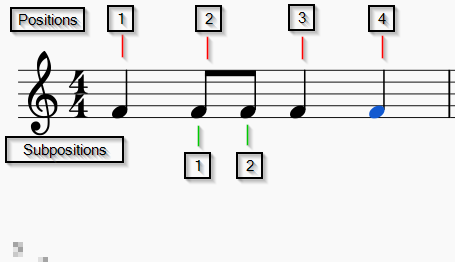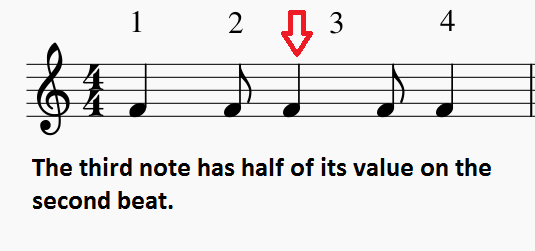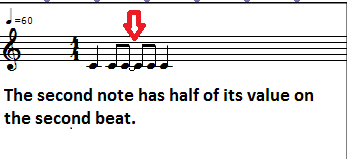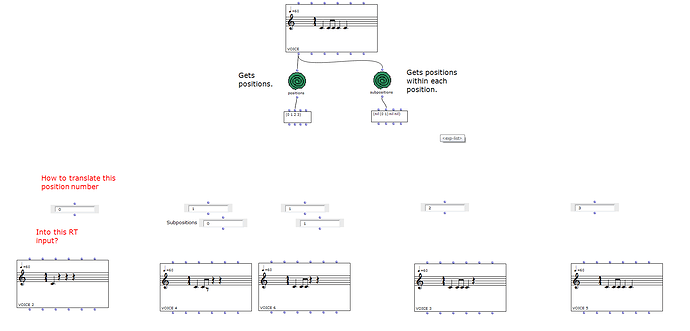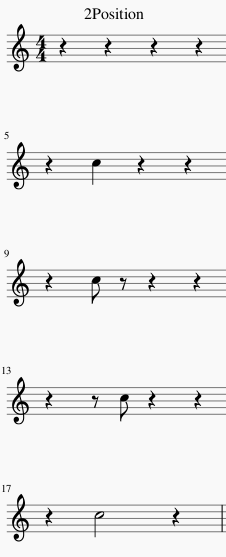For example, in a 4/4 time signature you have 4 pulses (or beats) . The second pulse (beat) can contain 2 1/8 notes. They are on the same pulse, but on different positions on that pulse.
I used the function n-pulses, thinking that it would retrieve 4 pulses, the amount of beats, but instead it retrieves 5, the number of notes in the measure.
Is there a function to count the beats? Or any tip on how to create such function?
